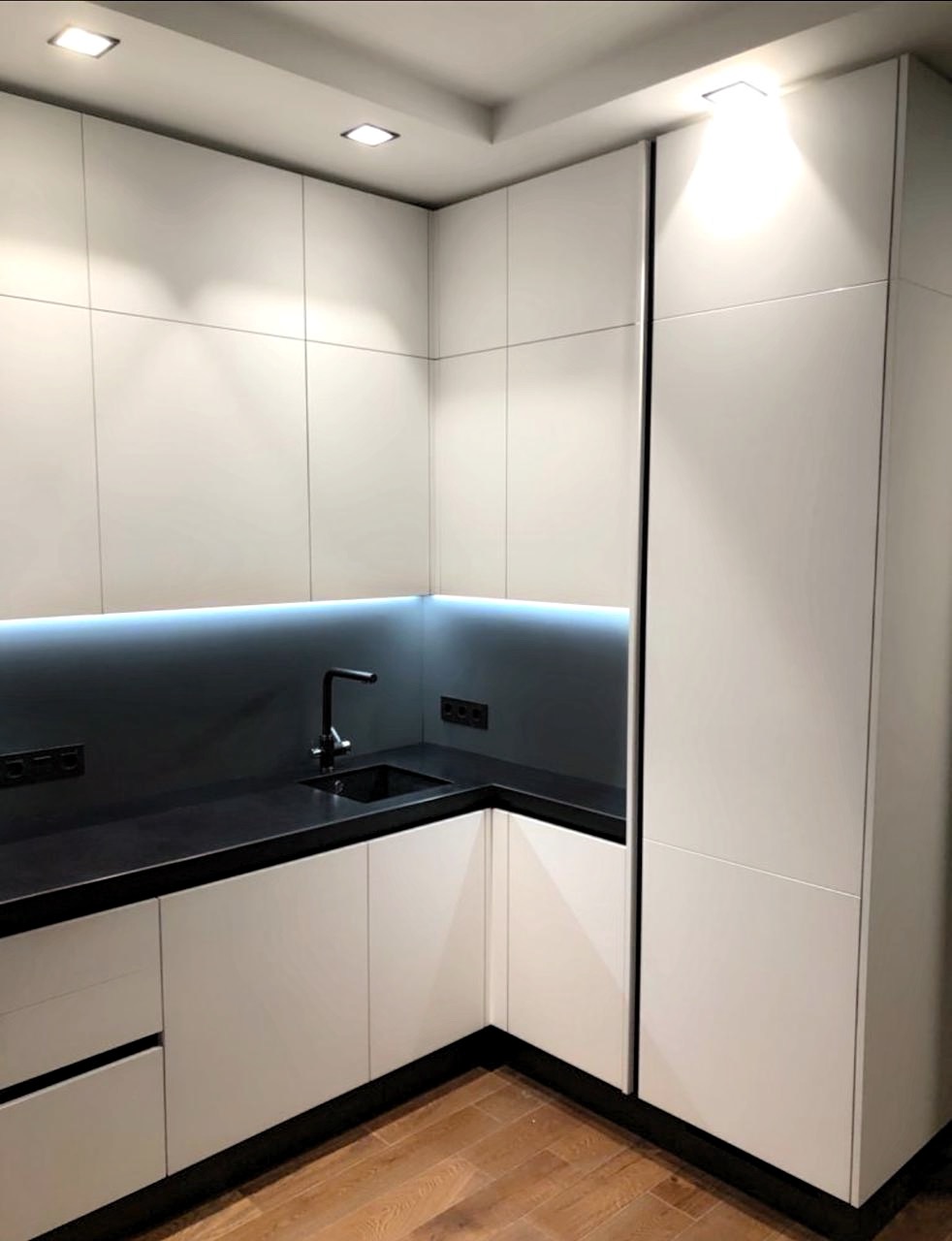
The Evolution of Culinary Spaces
In recent years, the concept of culinary spaces has undergone a significant transformation. Where once kitchens were solely areas of food preparation, they are now the heart of the home, a place where people gather, share and create memories. This has led to a redefinition of what a culinary space means, reflecting broader changes in lifestyle, design, and technology.
Blurring the Lines Between Cooking and Living
Gone are the days of isolated kitchens. Today's culinary spaces are all about openness and fluidity. Many modern homes feature kitchens that seamlessly blend with living and dining areas, encouraging interaction and communal experiences. This integration supports a more social approach to cooking and eating, turning meal preparation into an inclusive and entertaining activity.
Technology and Functionality
As technology advances, so too do the features of culinary spaces. Smart appliances, responsive surfaces, and innovative storage solutions are no longer novelties but expected components. These technological enhancements not only improve functionality but also help save time and promote energy efficiency. By incorporating cutting-edge devices and gadgets, culinary spaces are redefined as state-of-the-art environments that cater to the convenience and needs of modern cooks.
Sustainability and Conscious Design
There's a growing trend towards sustainability in culinary spaces, with materials and practices that minimize environmental impact becoming increasingly popular. Recycled materials, energy-efficient appliances, and composting systems are some ways in which culinary spaces are reflecting a global shift toward eco-consciousness. This has redefined the modern kitchen as not only a place for preparing food but as a space where sustainability is actively practiced.
Aesthetics and Personal Expression
Today's culinary spaces are not just about function; they are also about form and self-expression. Customization is at the forefront of kitchen design, with homeowners looking to infuse their personality into the space with unique colors, textures, and materials. From sleek and minimalistic designs to warm and rustic aesthetics, the modern culinary space is a reflection of individual style and taste.
Community and Teaching Kitchens
Beyond the confines of the home, culinary spaces are also redefining communal experiences. Cooking schools, community centers, and cooperative kitchens offer collaborative environments where people can come together to learn, teach, and enjoy the art of cooking. These spaces foster a sense of community and provide opportunities for cultural exchange and culinary innovation.
Conclusion
The redefinition of culinary spaces reflects a blend of the past and future, combining traditional aspects of cooking with modern innovation and design. As our lives continue to change and evolve, culinary spaces will likely keep pace, not just as places of sustenance but as vibrant, multi-functional environments that cater to the way we live, interact, and express ourselves. Indeed, the culinary space of today is a dynamic and evolving canvas that reflects the diverse tastes and values of its users.